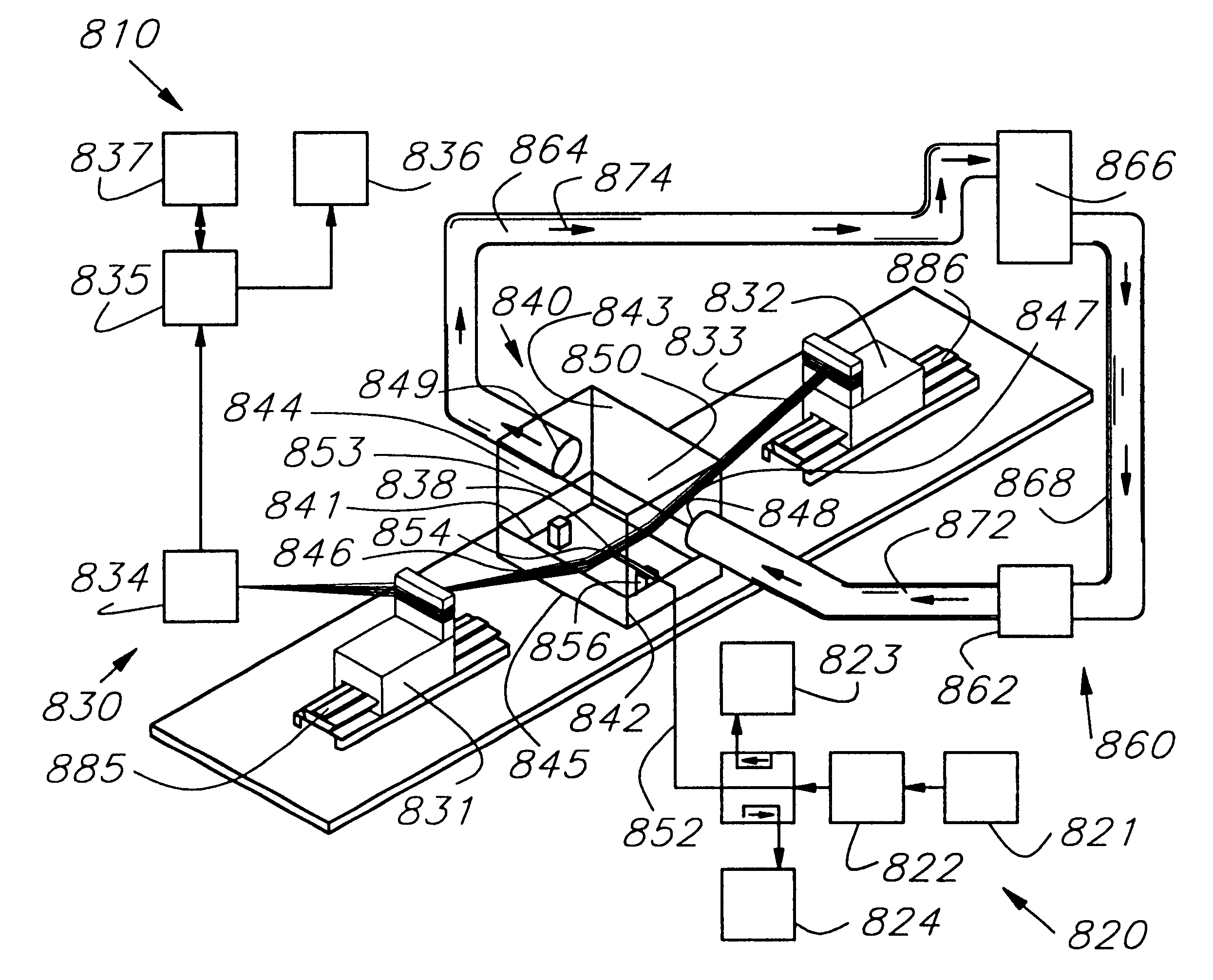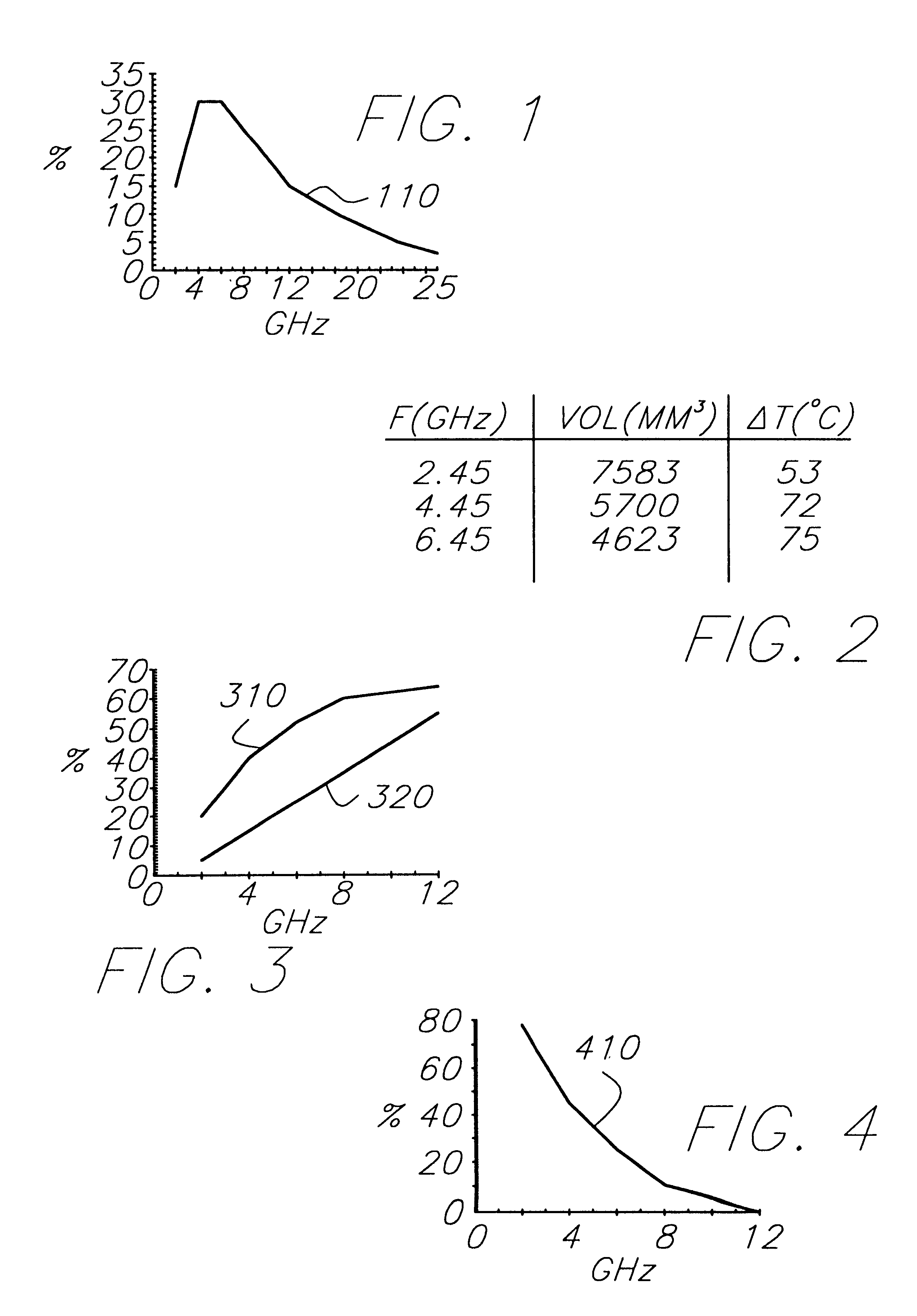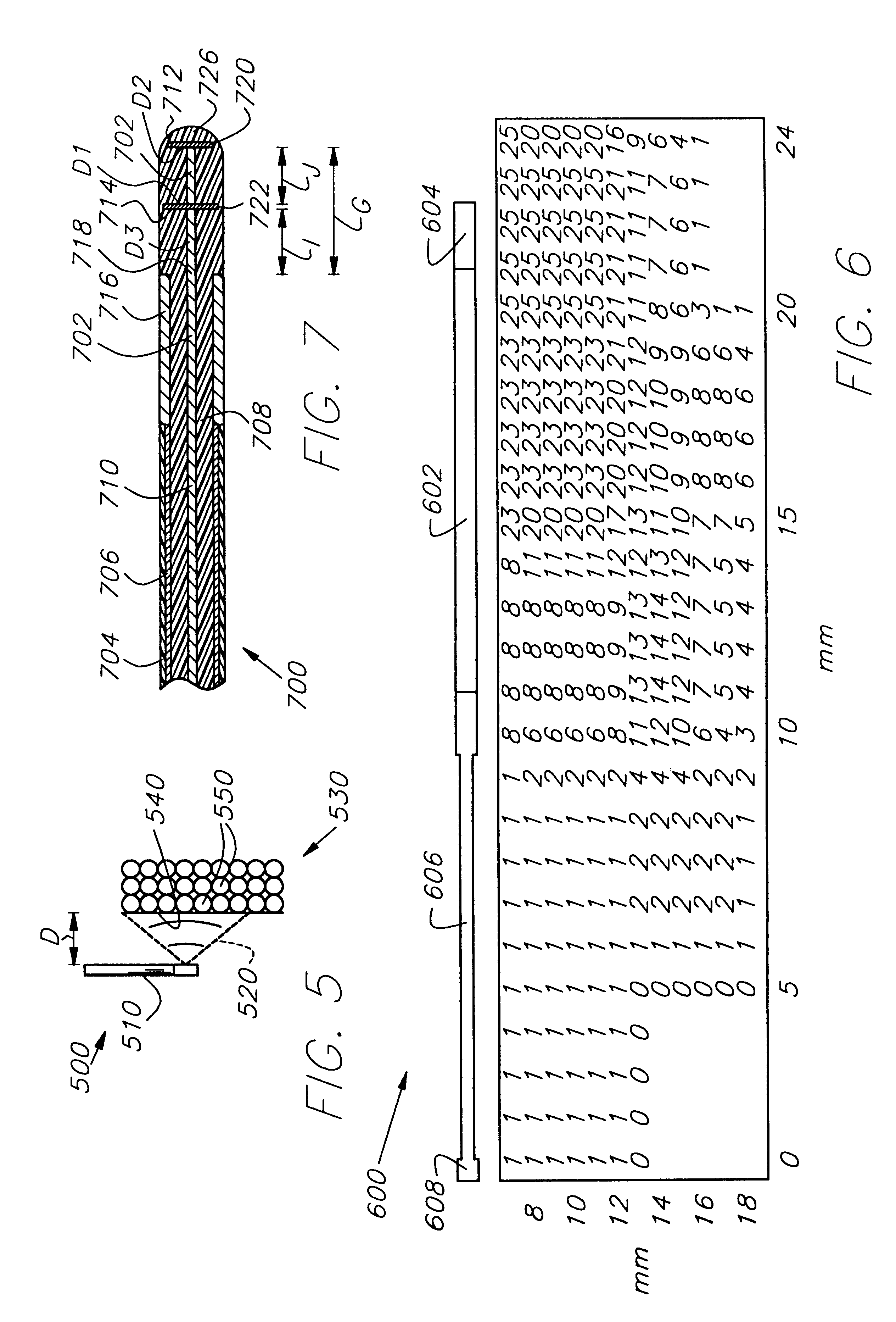In vivo simulator for microwave treatment
a simulator and microwave technology, applied in the field of in vivo simulator for microwave treatment, can solve the problems of excessively fast production of undesired or abnormal impulses, vaporization or charging of cells, and scar tissue and living cells within scar tissue may begin to produce undesired or abnormal electrical impulses
- Summary
- Abstract
- Description
- Claims
- Application Information
AI Technical Summary
Benefits of technology
Problems solved by technology
Method used
Image
Examples
Embodiment Construction
The techniques of the present invention are designed to achieve deep heating of the ventricular tissue in the lower heart chambers. However, those skilled in the art will recognize that the techniques and instrumentation of the present invention are also suited for other purposes such as heating other types of biological structures.
The desired deep heating parameters of ventricular tissue include a focused lesion size, a penetration depth of 1.0 to 2.0 centimeters, and a temperature rise of 10.degree. C. to 20.degree. C. above normal body temperature with controlled surface and shallow depth heating. The present invention provides a system for development of small, highly efficient antennas for delivering microwave power to create lesions of the necessary size and volume to ablate deeply situated arrhythmogenic heart tissue. The present invention provides development tools including a computer simulation for screening / optimization purposes and a test apparatus for measuring temperat...
PUM
 Login to View More
Login to View More Abstract
Description
Claims
Application Information
 Login to View More
Login to View More - R&D
- Intellectual Property
- Life Sciences
- Materials
- Tech Scout
- Unparalleled Data Quality
- Higher Quality Content
- 60% Fewer Hallucinations
Browse by: Latest US Patents, China's latest patents, Technical Efficacy Thesaurus, Application Domain, Technology Topic, Popular Technical Reports.
© 2025 PatSnap. All rights reserved.Legal|Privacy policy|Modern Slavery Act Transparency Statement|Sitemap|About US| Contact US: help@patsnap.com



